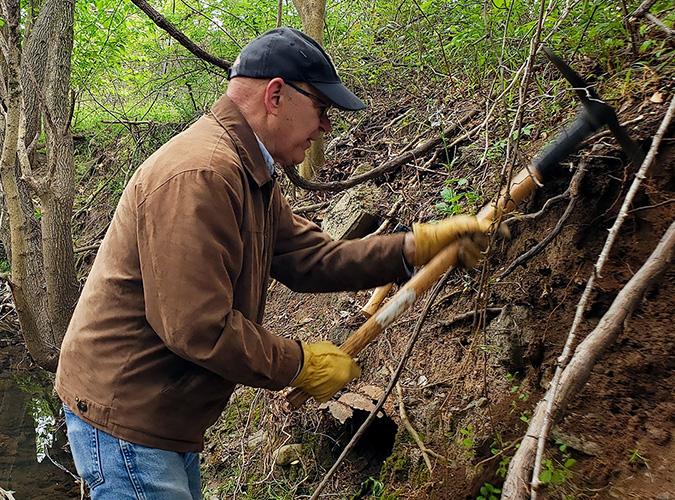
Many cities in Canada and the U.S. used municipal incinerators to burn their waste and trash until the early 1970s, when most of the facilities were closed due to air pollution concerns.
A new study by scientists at Duke University has found that the lead contamination produced by the incinerators could still be present in city soils.
“We found that city parks and playgrounds built on the site of a former waste incinerator can still have greatly elevated levels of lead in their surface soils many decades after the incinerator was closed,” said Daniel D. Richter, professor of soils at Duke’s Nicholas School of the Environment, who co-led the study, in a press release from Duke University.
Lead exposure has been linked with the potential for long-term health issues like nervous system and brain damage, behavioral and learning problems and slowed growth and development.
The study, “Legacies of Pre-1960s Municipal Waste Incineration in the Pb of City Soils,” was published in the journal Environmental Science & Technology Letters.
For the study, soil samples from three Durham, North Carolina, city parks were collected by Richter and his students. The parks are located on the sites of former incinerators that shut down in the early 1940s.
“A 1937 street map of Durham, North Carolina, located four city-run waste incinerators that we recognized to be sites of contemporary city parks,” the study said. “Many records describe how incinerator ash was dumped with little regard for health or environmental hazards.”
Samples taken from East Durham Park showed lead levels that were more than five times the current standard for safe soils set by the U.S. Environmental Protection Agency (EPA) for children’s play areas.
Most of the samples collected from Walltown Park were low, “but about 10% were concerning and a few were very high,” Richter said in the press release.
All of the soil tested from East End Park had lead levels below the current EPA limits for children’s safety.
Richter said the differing lead levels highlighted the necessity for more monitoring.
“Determining where contamination risks persist, and why contamination is decreasing at different rates in different locations, is essential for identifying hotspots and mitigating risks,” Richter said in the press release. “Many cities should mobilize resources to do widespread sampling and monitoring, and create soil maps and, more specifically, soil lead maps. That’s where we really need to go. Not just in Durham but in hundreds of other cities where parks, as well as churches, schools and homes, may have been built on former waste incinerator and ash disposal sites.”

Through the examination of historic municipal waste management surveys, the researchers discovered that, from the 1930s to the 1950s, approximately half the cities surveyed in Canada and the U.S. incinerated solid waste.
“These incinerators burned all kinds of garbage and trash, including paint, piping, food cans and other products that contained lead back then,” Richter said in the press release.
Sometimes the ash that was left over, which contained concentrated amounts of lead and other contaminants, was covered with a layer of topsoil that was too thin. It was also spread around new construction sites, parks and other urban areas as an amendment to soil.
“Historical surveys indicate a lack of appreciation for the health and environmental hazards of city-waste incinerator ash. Back then, they didn’t know what we do now,” Richter said.
Richter said new technology could make monitoring and sampling more possible at the thousands of places around the country that might be contaminated. Richter’s lab can now conduct a preliminary test on soil for lead and other metals using an x-ray fluorescence instrument in only 20 seconds.
Richter and his students used old newspaper clippings, street maps and archived public works records to find the places where ash was burned and distributed in six cities: Baltimore, New York City, Charleston, Jacksonville, Los Angeles and Spokane, Washington.
“This is something you could do for many cities to guide monitoring efforts,” Richter said in the press release. “There’s been a lot of interest in mitigating lead exposure in cities, but most until now has been focused on reducing risks within the home. Our study reminds us that risks exist in the outdoor environment, too.”
The post Urban Parks Built on Former Trash Incineration Sites Could Be Contaminated With Lead, Study Finds appeared first on EcoWatch.
